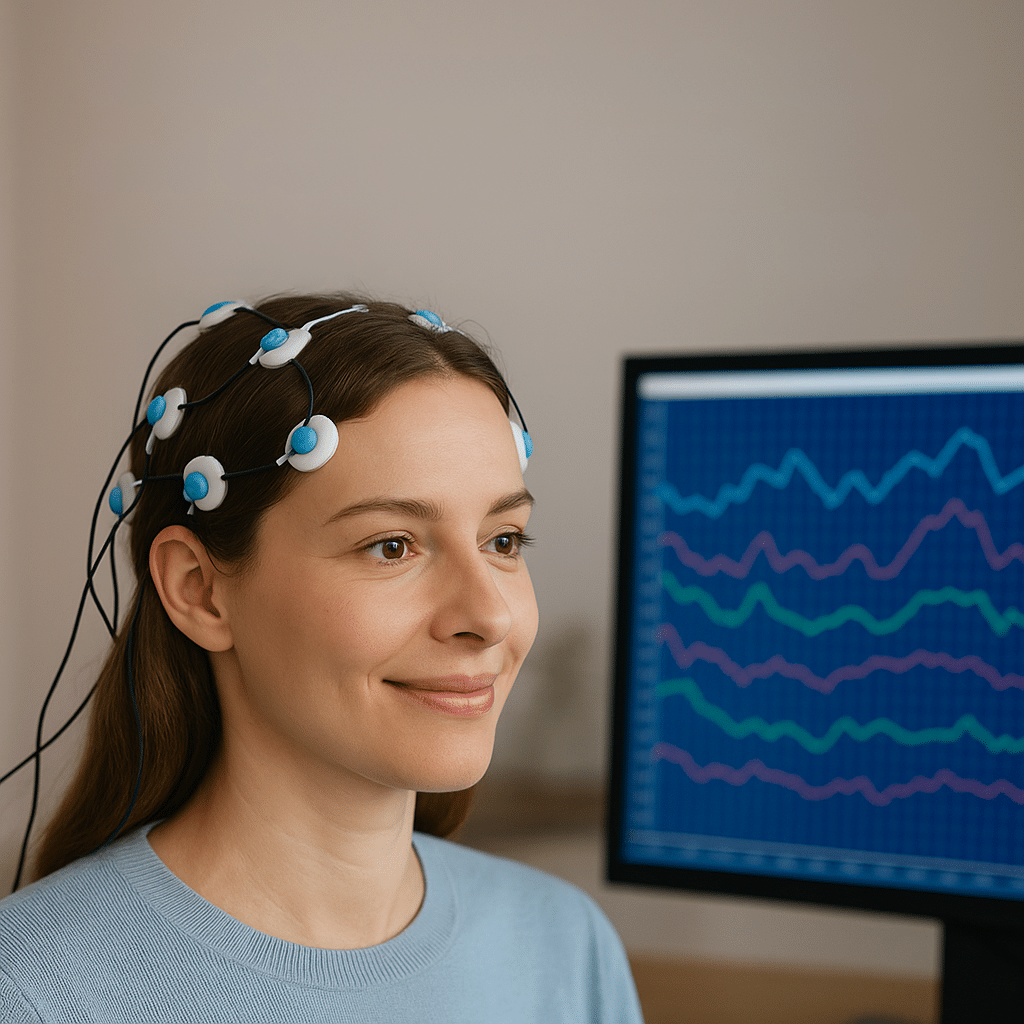Diabetes is one of the most common chronic diseases, affecting millions worldwide. But what exactly is diabetes, and why should we be concerned about it?
To put it simply, diabetes occurs when blood sugar (glucose) levels are too high because of issues with insulin production or effectiveness. Insulin is a hormone made by the pancreas that acts like a “key” to let glucose into cells, where it’s used for energy. Without enough insulin, glucose stays in the bloodstream, leading to health problems over time.
This blog covers the different types of diabetes, common symptoms, risk factors, diagnostic methods, and treatment options.
Types of Diabetes
There are several types of diabetes, each with unique characteristics:
1. Type 1 Diabetes
Type 1 diabetes is an autoimmune condition in which the body’s immune system attacks the cells in the pancreas that produce insulin, leading to a significant decrease or complete loss of insulin production. People with Type 1 diabetes must take daily insulin to regulate their blood glucose levels and maintain their health.
While it often starts in childhood or adolescence, it can develop at any age. Type 1 accounts for roughly 10% of all diabetes cases globally. Its cause isn’t entirely understood, but genetics and environmental factors seem to play a role.
2. Type 2 Diabetes
Type 2 diabetes is the most common, accounting for 90–95% of all cases. It occurs when the body doesn’t use insulin properly (a condition known as insulin resistance) or the pancreas doesn’t produce enough insulin.
Risk factors for Type 2 include:
- Being overweight
- Sedentary lifestyle
- Genetics
- Family history
Although it used to primarily affect adults, Type 2 diabetes is now increasingly diagnosed in children and teenagers.
An interesting aspect of Type 2 diabetes is that it’s largely preventable. Lifestyle changes like maintaining a healthy weight, exercising regularly, and eating a balanced diet can reduce the risk of developing it.
Prediabetes, a condition where blood sugar levels are higher than normal but not yet in the diabetic range, often precedes Type 2. Around 96 million adults in the U.S. have prediabetes, with many unaware of their condition.
3. Gestational Diabetes
Gestational diabetes occurs during pregnancy and typically goes away after childbirth. Women who have gestational diabetes are more likely to develop Type 2 diabetes as they get older. This condition can affect both the mother and baby if not managed properly. Babies born to mothers with gestational diabetes are at risk of excess growth, low blood sugar at birth, and future obesity or Type 2 diabetes.
4. Other Types of Diabetes
There are some less common forms, such as monogenic diabetes, which is caused by a single gene mutation, and diabetes resulting from damage to the pancreas (e.g., due to pancreatitis). These rare types highlight how varied and complex diabetes can be.
Symptoms of Diabetes
Diabetes symptoms can vary depending on blood sugar levels. Common signs include:
- Increased thirst and frequent urination
- Fatigue and weakness
- Unintended weight loss
- Blurry vision
- Slow-healing sores or frequent infections (e.g., skin, gum, or vaginal infections)
Type 1 symptoms usually develop quickly and are more severe. Type 2 symptoms can be subtle and develop gradually, often going unnoticed for years. In fact, nearly 1 in 2 adults with diabetes are unaware they have the disease.
Risk Factors
- For Type 1 Diabetes: Family history, genetic predisposition, and environmental factors can increase risk.
- For Type 2 Diabetes: Obesity, physical inactivity, unhealthy diet, family history, age (common in people over 40), and ethnicity (higher risk in Black, Hispanic, American Indian, and Asian American individuals).
- For Gestational Diabetes: Hormonal changes during pregnancy, combined with an inability to produce enough insulin to manage glucose levels, lead to gestational diabetes.
Importance of Early Detection
Early diagnosis is crucial for managing diabetes and preventing complications. Untreated, high blood sugar can damage organs and tissues over time. It can lead to heart disease, kidney damage, nerve damage, vision loss, and foot problems that may result in amputations.
According to the World Health Organization (WHO), diabetes was directly responsible for 1.5 million deaths in 2019, with 48% of those deaths occurring before the age of 70. Additionally, raised blood glucose levels were a contributing factor in around 20% of cardiovascular deaths that year.
Diagnosis of Diabetes
Doctors diagnose diabetes using blood tests. These include:
- Fasting Blood Glucose Test: This test measures blood sugar after fasting for at least 8 hours. A level of 126 mg/dL or higher indicates diabetes.
- A1C Test: This test measures your average blood sugar levels over the past two to three months. A reading of 6.5% or above typically indicates diabetes.
- Oral Glucose Tolerance Test (OGTT): This test measures blood sugar before and after consuming a sugary drink. It is primarily used to diagnose gestational diabetes.
Treatment Options
Treating diabetes involves several strategies, depending on the type and individual needs.
1. Lifestyle Modifications
Lifestyle changes are the cornerstone of diabetes management:
- Healthy Diet: Opt for foods low in fat and high in fiber, such as fruits, vegetables, and whole grains.
- Physical Activity: Regular exercise helps increase insulin sensitivity. Aim for at least 150 minutes of moderate aerobic activity weekly.
- Weight Management: Losing even a small percentage of body weight can significantly lower the risk of Type 2 diabetes.
2. Oral Medications
For Type 2 diabetes, oral medications like metformin help control blood sugar levels. Some other medications may target insulin production, sensitivity, or glucose absorption.
3. Insulin Therapy
People with Type 1 diabetes need insulin therapy to survive. Insulin can be administered through injections or an insulin pump. Some individuals with Type 2 diabetes may also require insulin if other treatments don’t adequately control blood sugar levels.
4. Emerging Therapies
Research into new treatments, such as artificial pancreas systems and medications targeting different metabolic pathways, continues to improve diabetes care. The World Health Organization’s Global Diabetes Compact aims to foster sustained improvements in diabetes prevention and care worldwide, especially in low- and middle-income countries.
Take Control of Your Diabetes Journey
Diabetes is a complex, lifelong condition affecting millions of people globally. However, with early detection, proper management, and lifestyle changes, individuals with diabetes can lead healthy lives. Understanding the different types, symptoms, risk factors, and treatment options empowers people to take control of their health. Whether it’s making small dietary changes, adding exercise to the routine, or taking medication as prescribed, managing diabetes is all about finding what works for each person.
If you need support, contact Zeam Health & Wellness. We’re here to help you on your journey to better health.




